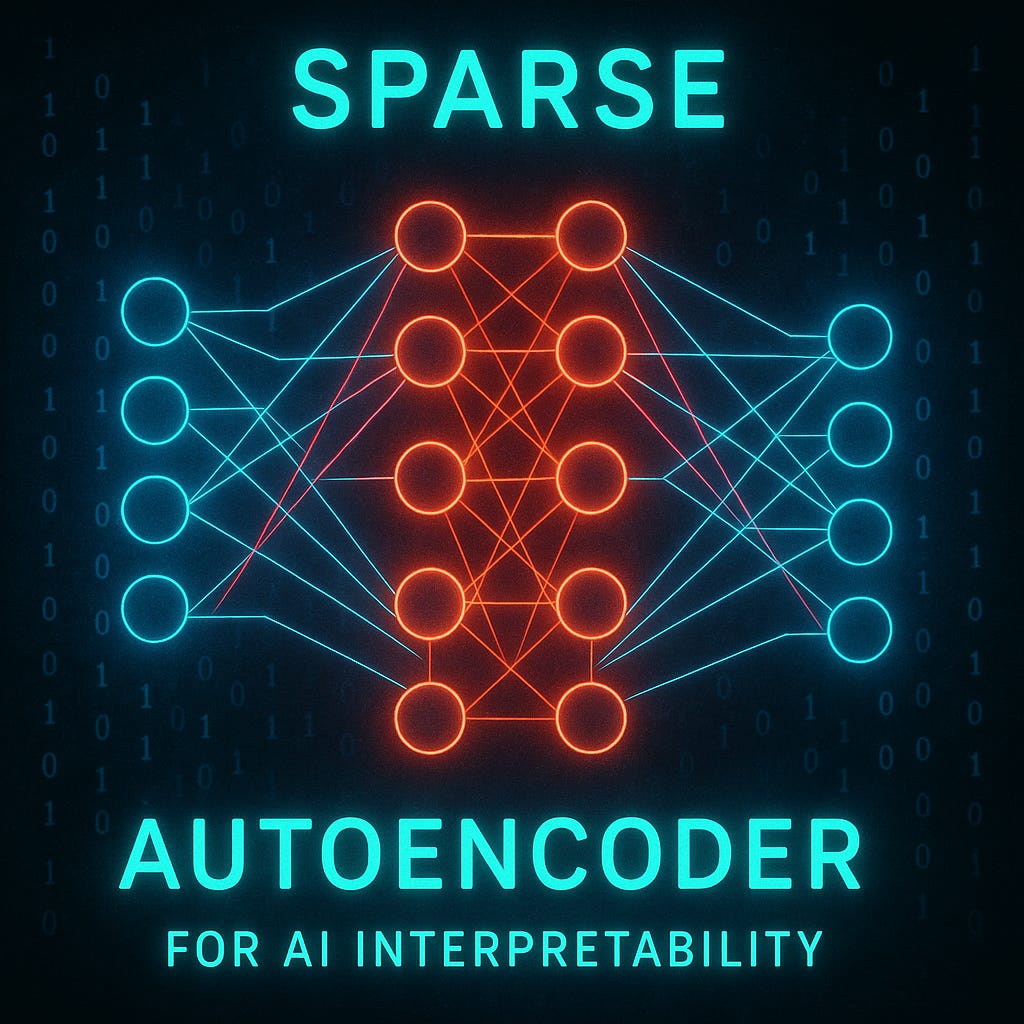The Sequence Knowledge #720: A Cool Intro to Sparse Autoencoders for AI Interpretability
One of the foundational techniques for modern AI interpretability.
Today we will Discuss:
An intro to sparse autoencoders.
OpenAI’s research about scaling sparse autoencoders.
💡 AI Concept of the Day: An Introduction to Sparse Autoencoders
Today, we are going to discuss one of the most interesting architectures in the world of mechanistic interpretability.
Sparse autoencoders are a class of neural network models designed to learn compact, high-level representations of input data by enforcing a sparsity constraint on the hidden units. At their core, autoencoders consist of an encoder function that maps the input to a lower-dimensional latent space and a decoder that attempts to reconstruct the original input from that latent code. In a sparse autoencoder, an additional penalty—often an L1 norm or a Kullback–Leibler divergence term—is added to the loss function to encourage most neurons in the hidden layer to remain silent for any given input. This sparse activation pattern not only promotes efficient coding but also lays the foundation for interpretability by making individual hidden units more selective.

